
Statenkwartier: The Elegance of The Hague
Discover the charm of Statenkwartier in The Hague – a blend of historic architecture, vibrant street life, and cultural treasures, perfect for every tourist.
Statenkwartier in The Hague is a charming blend of history, architecture, and culture, making it an ideal destination for tourists. Renowned for its picturesque streets lined with early 20th-century houses, this neighbourhood is a paradise for architecture enthusiasts. Walking through Statenkwartier feels like stepping back in time, with its well-preserved Art Nouveau and Art Deco designs. The wide avenues and leafy boulevards add to the serene ambiance, making it perfect for leisurely strolls. One of the highlights of Statenkwartier is the Gemeentemuseum, now known as the Kunstmuseum Den Haag. This museum is a treasure trove of modern art, housing works by famous artists like Piet Mondrian. The museum's stunning building, designed by H.P. Berlage, is as much a work of art as the exhibits inside. Nearby, you'll find the Museon, an interactive science museum that is great for families and curious minds. For a taste of local life, head to Frederik Hendriklaan, affectionately called 'The Fred' by locals. This bustling street is packed with boutiques, cafes, and restaurants, offering everything from Dutch delicacies to international cuisine. It's the perfect spot to unwind with a coffee or sample some traditional Dutch cheese. The friendly atmosphere and vibrant street life make it a must-visit. Statenkwartier is also conveniently close to Scheveningen, The Hague's famous beach district. A quick tram ride will take you to the sandy shores where you can enjoy a day of sunbathing, beach sports, or simply relaxing by the sea. Whether you're an art lover, a history buff, or someone looking to experience local Dutch culture, Statenkwartier offers a little something for everyone.
Local tips in Statenkwartier
- Visit the Kunstmuseum Den Haag early in the day to avoid crowds.
- Frederik Hendriklaan is closed to cars on Saturdays, making it a pleasant pedestrian area.
- Combine your visit with a trip to nearby Scheveningen for a complete experience.
- Check local schedules for any special events or markets in the area.
Statenkwartier: The Elegance of The Hague
Statenkwartier in The Hague is a charming blend of history, architecture, and culture, making it an ideal destination for tourists. Renowned for its picturesque streets lined with early 20th-century houses, this neighbourhood is a paradise for architecture enthusiasts. Walking through Statenkwartier feels like stepping back in time, with its well-preserved Art Nouveau and Art Deco designs. The wide avenues and leafy boulevards add to the serene ambiance, making it perfect for leisurely strolls. One of the highlights of Statenkwartier is the Gemeentemuseum, now known as the Kunstmuseum Den Haag. This museum is a treasure trove of modern art, housing works by famous artists like Piet Mondrian. The museum's stunning building, designed by H.P. Berlage, is as much a work of art as the exhibits inside. Nearby, you'll find the Museon, an interactive science museum that is great for families and curious minds. For a taste of local life, head to Frederik Hendriklaan, affectionately called 'The Fred' by locals. This bustling street is packed with boutiques, cafes, and restaurants, offering everything from Dutch delicacies to international cuisine. It's the perfect spot to unwind with a coffee or sample some traditional Dutch cheese. The friendly atmosphere and vibrant street life make it a must-visit. Statenkwartier is also conveniently close to Scheveningen, The Hague's famous beach district. A quick tram ride will take you to the sandy shores where you can enjoy a day of sunbathing, beach sports, or simply relaxing by the sea. Whether you're an art lover, a history buff, or someone looking to experience local Dutch culture, Statenkwartier offers a little something for everyone.
Iconic landmarks you can’t miss
Madurodam
Explore the Netherlands in miniature at Madurodam, where iconic landmarks and cultural treasures come to life in stunning detail.
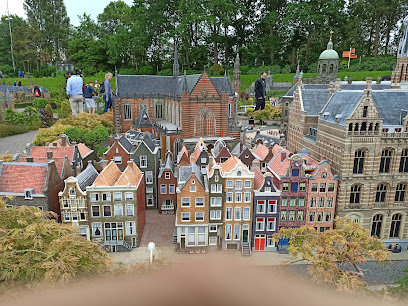
Kunstmuseum Den Haag
Discover the vibrant world of modern art at Kunstmuseum Den Haag, a cultural gem in The Hague showcasing exceptional collections and exhibitions.
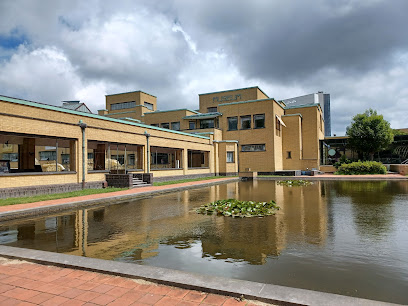
Scheveningse Bosjes
Discover Scheveningse Bosjes, a serene park in The Hague, perfect for relaxation, scenic walks, and enjoying nature's beauty.
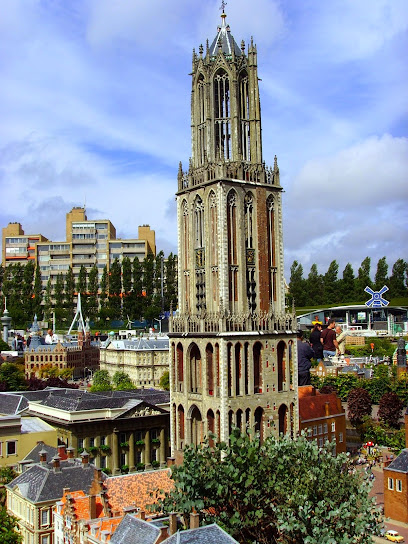
Fisherman's wife of Scheveningen
Explore the poignant Fisherman's Wife sculpture in Scheveningen, a symbol of maritime heritage and community resilience along the stunning Dutch coast.

Indisch monument
Explore the serene Indisch Monument in The Hague, a poignant tribute to WWII Indonesian victims, surrounded by nature's tranquility.

Independence Monument
Explore the Independence Monument in The Hague, a powerful symbol of freedom and resilience, rich in history and architectural beauty.
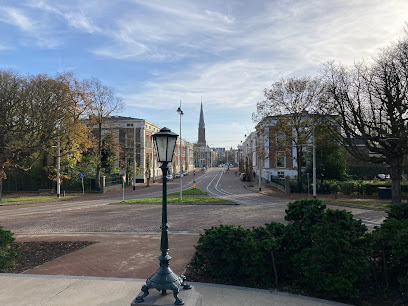
Memorial of King William I
Explore the Memorial of King William I in Scheveningen, a historical landmark that honors the first king of the Netherlands amidst stunning coastal views.
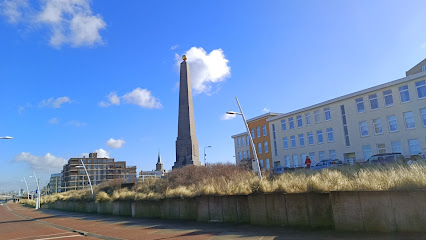
Old Building with ancient Dutch Architecture
Explore the Old Building with ancient Dutch Architecture in The Hague, a captivating tourist attraction showcasing rich Dutch heritage and stunning craftsmanship.
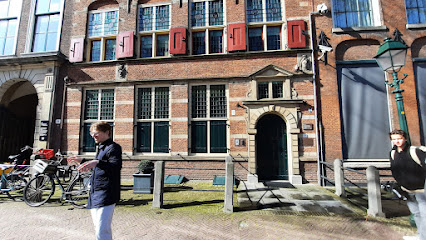
Rijksbeschermd gezicht 's-Gravenhage - Statenkwartier
Discover the rich architectural heritage and coastal charm of Statenkwartier, a UNESCO World Heritage site in The Hague.
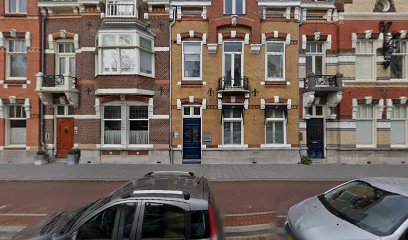
North Sea Jazz Festival herinneringssteen 1993
Discover the North Sea Jazz Festival Memorial Stone in The Hague, a serene homage to jazz music's legacy amidst beautiful park surroundings.
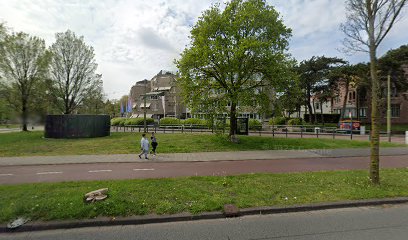
Unmissable attractions to see
De Pier
Discover De Pier in Scheveningen: a vibrant coastal attraction with stunning views, diverse dining, and endless entertainment options for every traveler.
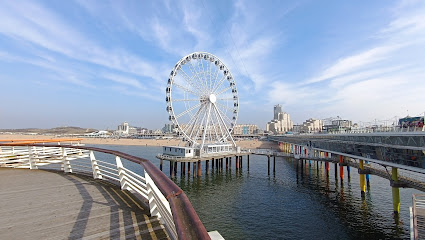
Mauritshuis
Explore the stunning Mauritshuis in The Hague, home to masterpieces by Vermeer and Rembrandt, a treasure of Dutch Golden Age art.
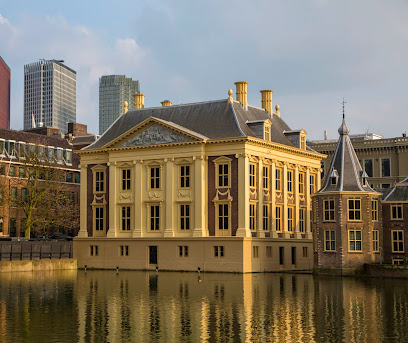
Escher in the Palace
Experience the fascinating world of M.C. Escher at Escher in the Palace, a modern art museum in the heart of The Hague, where art meets illusion.
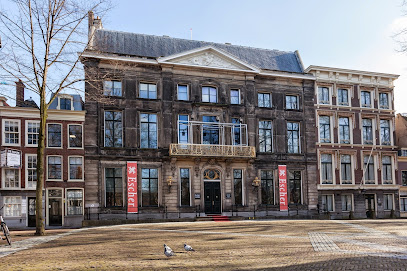
museum Beelden aan Zee
Discover the unique blend of modern art and stunning coastal scenery at Museum Beelden aan Zee in The Hague, a must-visit for every art lover.
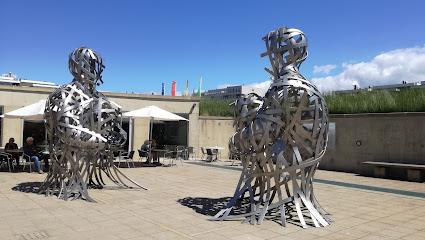
Binnenhof
Explore the historic Binnenhof, the stunning seat of the Dutch parliament in The Hague, rich in history and architectural beauty.

Peace Palace
Discover the Peace Palace in The Hague, a stunning symbol of international law and diplomacy surrounded by beautiful gardens.

Waterpartij Den Haag
Discover the tranquil beauty of Waterpartij Den Haag, a serene oasis in The Hague perfect for relaxation, picnics, and picturesque strolls.
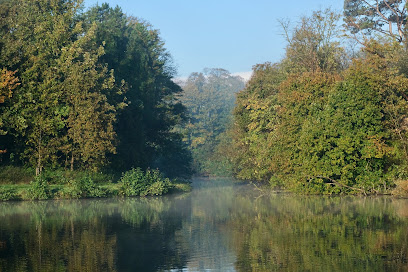
Essential places to dine
Pastanini
Discover authentic Italian flavors at Pastanini, a hidden gem in The Hague offering exquisite pasta dishes and a warm atmosphere.
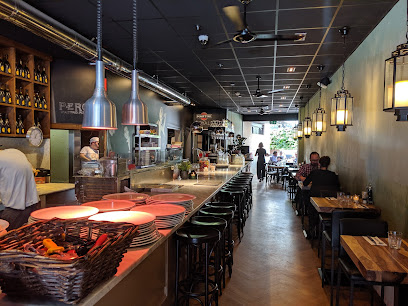
Flavor's
Discover Flavor's in The Hague – where delectable cuisine meets inviting ambiance for an unforgettable dining experience.
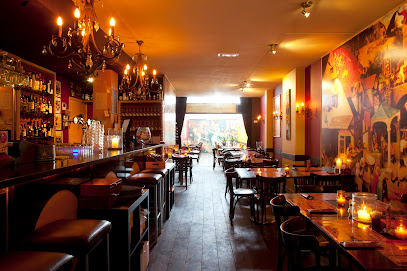
Kyatcha Den Haag
Experience exquisite sushi and authentic Japanese cuisine at Kyatcha Den Haag – where tradition meets innovation in every dish.
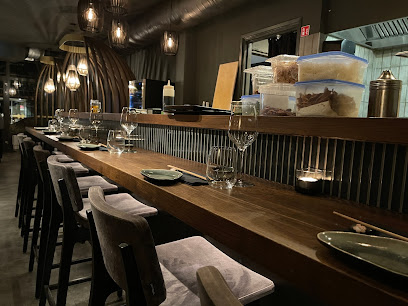
Brasserie Berlage
Experience exceptional dining at Brasserie Berlage in Scheveningen - where local flavors meet international cuisine in an inviting atmosphere.
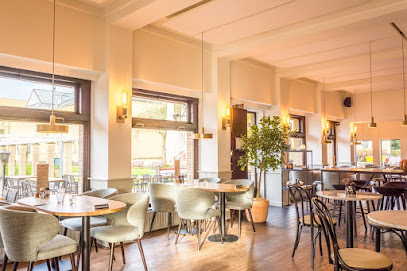
Restaurant Hudson Den Haag Statenkwartier
Savor the best of American cuisine at Restaurant Hudson Den Haag Statenkwartier – where flavor meets atmosphere.
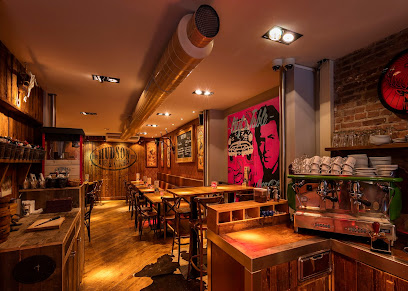
Vigo Seafoodbar
Experience the best seafood dining at Vigo Seafoodbar in The Hague, where freshness meets flavor in an inviting coastal atmosphere.
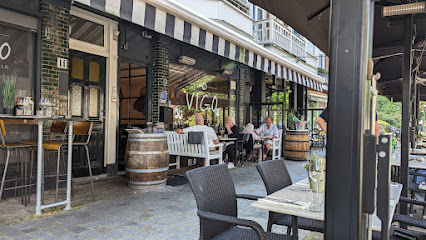
La Piazzetta di Lauro
Savor the essence of Italy at La Piazzetta di Lauro in Scheveningen - where authentic flavors meet charming ambiance.

The Old Jazz
Experience delightful cuisine paired with live jazz music at The Old Jazz in Scheveningen - a true culinary gem in The Hague.
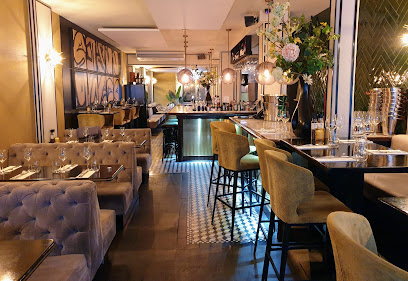
Restaurant Gember
Experience the vibrant flavors of Dutch cuisine at Restaurant Gember - a must-visit culinary destination in The Hague.
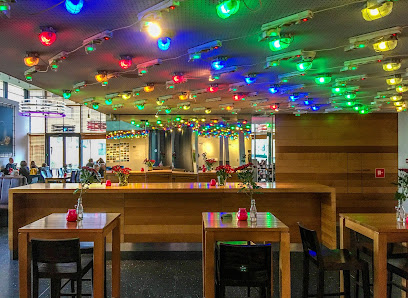
Chez Fleur
Discover the culinary delights of Chez Fleur in The Hague, where exquisite flavors meet charming ambiance for an unforgettable dining experience.

Markets, malls and hidden boutiques
HEMA
Explore HEMA in The Hague for a delightful mix of gifts, clothing, and essentials, embodying the best of Dutch retail charm.
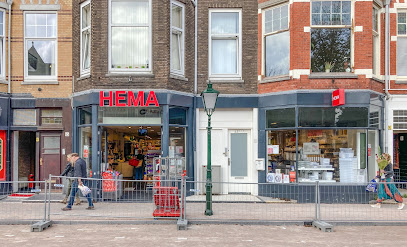
Wauw Warenhuis
Discover the charm of Wauw Warenhuis, a gift shop in The Hague offering dried flowers and unique home goods, perfect for special souvenirs.
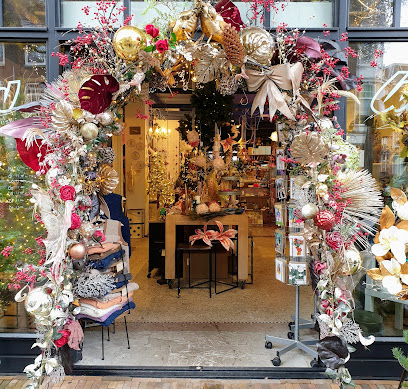
Esprit
Discover contemporary European fashion at Esprit in The Hague, where style meets quality in a vibrant shopping ambiance.

The Hague's Finest
Explore The Hague's Finest for unique local gifts and souvenirs that embody the essence of Dutch culture in a charming store atmosphere.
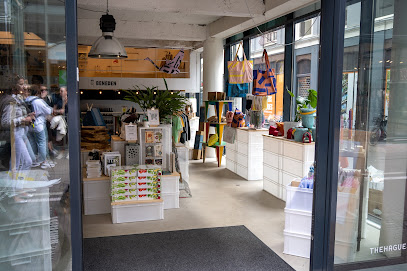
Luna Azul
Explore Luna Azul in Scheveningen, The Hague, for a colorful shopping experience with unique clothing styles that brighten your wardrobe.

Garbo Mode
Explore Garbo Mode, a chic boutique in The Hague offering stylish clothing and accessories for the discerning shopper.
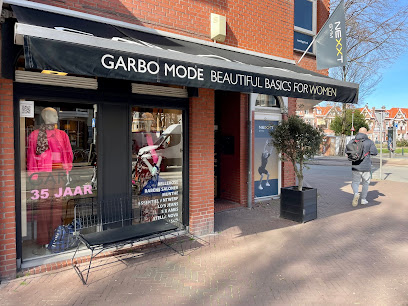
Colorie The Hague
Explore Colorie The Hague for stylish apparel and unique designs, perfect for fashion lovers visiting the vibrant Scheveningen area.
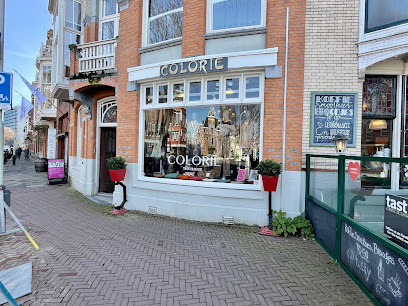
Shopping Center The Fred
Explore Shopping Center The Fred in Scheveningen: A vibrant shopping mall with boutiques, dining, and entertainment options in The Hague.
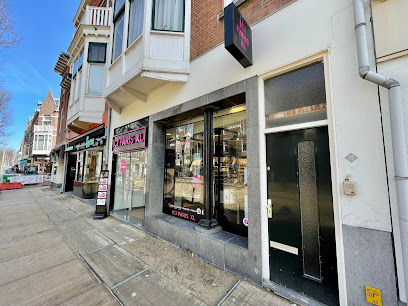
Kleed van Peet
Discover unique fashion treasures at Kleed van Peet in Scheveningen, The Hague – a boutique that embodies local charm and style.

Geschenken
Explore Geschenken Gift Shop in Scheveningen - A unique place for exquisite gifts and local artisan treasures.
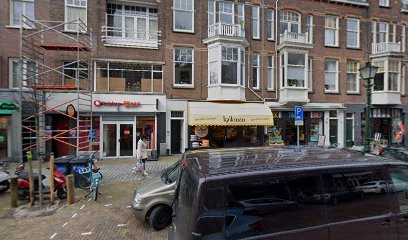
Essential bars & hidden hideouts
Restaurant Hudson Den Haag Statenkwartier
Experience classic American cuisine at Restaurant Hudson in The Hague's Statenkwartier, where every dish is crafted with fresh ingredients and flavor.
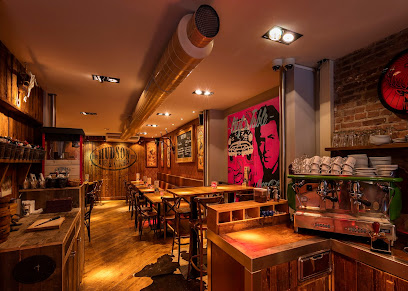
Wicked Wines
Discover Wicked Wines in The Hague: A wine bar and restaurant offering a diverse selection of wines and delicious culinary delights in a cozy setting.

Murphy's Law
Experience the vibrant atmosphere of Murphy's Law, The Hague's premier Irish pub and jazz club offering live music, great food, and friendly service.
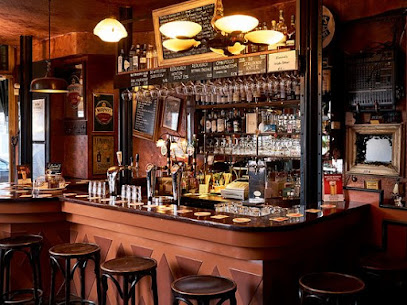
Zahara
Discover Zahara, the ultimate cocktail bar in Scheveningen, where innovative drinks meet a vibrant atmosphere, perfect for unwinding after exploring The Hague.
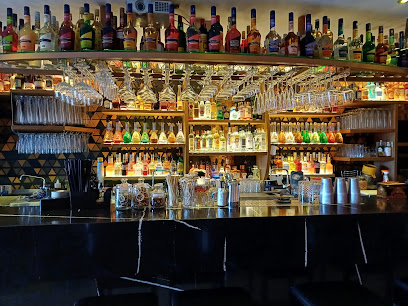
Sports Café Not Out
Discover the ultimate sports bar experience at Sports Café Not Out in The Hague, where delicious diner food meets thrilling live sports!
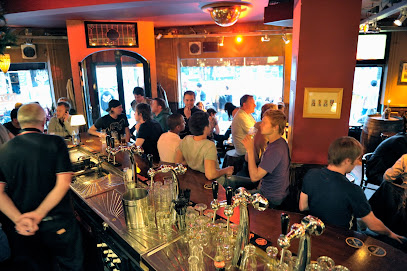
De Sien
Explore the delightful dining experience at De Sien in The Hague, where local flavors meet cozy ambiance and exceptional service.
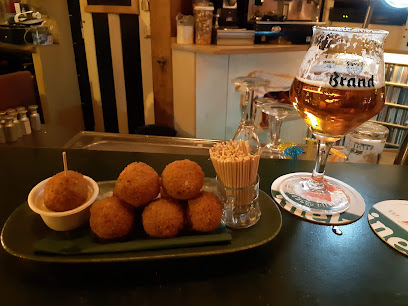
Little Prince
Discover the charm of Little Prince, a pub and diner in The Hague, famous for its exquisite gin selection and cozy ambiance.
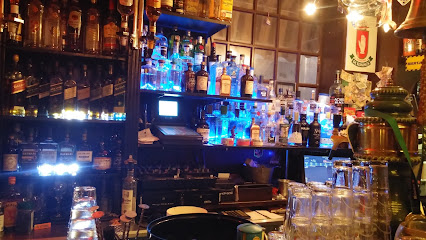
Happy Days
Discover the lively atmosphere at Happy Days Pub in Scheveningen, where great drinks and friendly vibes await you.

American Bar
Experience the lively atmosphere of the American Bar in The Hague, offering crafted cocktails and local beers in a welcoming ambiance.
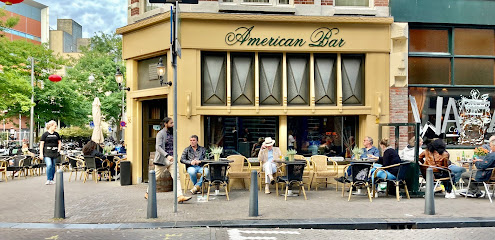
Workshop shaken Scheveningen
Experience the art of cocktail making at Workshop Shaken Scheveningen – a perfect blend of creativity, fun, and flavor in the heart of The Hague.
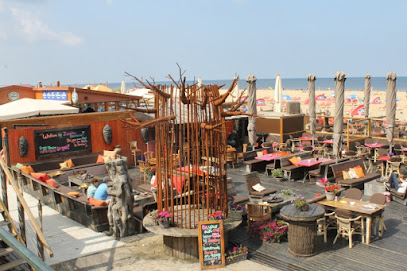
History of Statenkwartier
-
Statenkwartier, a prominent neighbourhood in The Hague, was developed in the late 19th century during a period of urban expansion. The area was designed as a residential quarter for the city's growing middle class, influenced by the architectural styles of the time, notably the neo-Renaissance and Art Nouveau movements. The district's layout features wide avenues and tree-lined streets, reflecting the aspirations of a modern, cultured society.
-
Statenkwartier gained prominence due to its proximity to international institutions, particularly the Peace Palace, which houses the International Court of Justice. This established the neighbourhood as a diplomatic hub, attracting expatriates and diplomats, contributing to its cosmopolitan atmosphere. The presence of various embassies and consulates underscores its role in international relations and diplomacy.
-
The architectural heritage of Statenkwartier is significant, featuring stunning mansions and villas built in the late 19th and early 20th centuries. Notable streets like the Frederik Hendriklaan showcase a variety of architectural styles, including Jugendstil and Neo-Renaissance. This eclectic mix reflects the artistic movements of the time and remains a point of pride for the neighbourhood's residents.
-
During World War II, Statenkwartier, like much of The Hague, experienced significant changes. The occupation by Nazi forces led to alterations in the social fabric and the displacement of many residents. Post-war recovery saw a return to normalcy, with efforts to restore the neighbourhood's charm and maintain its historical significance.
-
In recent decades, Statenkwartier has embraced modernity while preserving its historical character. Community initiatives aimed at revitalizing public spaces and promoting cultural activities have flourished. The neighbourhood hosts various events, including art exhibitions and cultural festivals, fostering a sense of community and continuing its legacy as a vibrant and diverse part of The Hague.
Statenkwartier Essentials
-
Statenkwartier is easily accessible from other neighborhoods in The Hague. If you're coming from the city center, you can take tram line 16 or 17, which will take you directly to the Statenkwartier area. Alternatively, buses 20 and 21 also serve this neighborhood. For those arriving from The Hague Central Station, a short tram ride (line 17) will get you there in about 15 minutes.
-
Statenkwartier is a well-connected area, ideal for exploring by bicycle or on foot. The neighborhood is bike-friendly, with dedicated bike lanes and parking spots. Public transport options include trams and buses, which are frequent and reliable. For a more leisurely experience, consider renting a bike to explore the nearby Scheveningen beach and the beautiful parks surrounding the area.
-
Statenkwartier is generally a safe neighborhood for tourists, but it is always wise to remain vigilant. While the area does not have specific high-crime zones, petty crimes such as pickpocketing can occur in crowded areas. It is advisable to stay aware of your belongings, especially in busy tourist spots and public transport.
-
In case of an emergency in Statenkwartier, dial 112 for immediate assistance. This number connects you to police, fire, and medical services. The local hospital, HagaZiekenhuis, is nearby for medical emergencies. It is advisable to have travel insurance that includes medical coverage while visiting.
-
Fashion: Do wear comfortable clothing appropriate for the weather and activities planned. Don't wear overly revealing clothing, particularly when visiting religious sites. Religion: Do respect local customs, especially when near churches. Public Transport: Do be courteous and give up your seat to those who need it more. Don’t eat or drink on trams or buses. Greetings: Do greet people with a friendly 'Hallo' or 'Goedemorgen'. Don't assume familiarity; a handshake is appropriate. Eating & Drinking: Do enjoy local cuisine and try a 'bitterbal' at a local café. Don't be loud or disruptive in restaurants.
-
To experience Statenkwartier like a local, visit the weekly markets at Frederik Hendriklaan for fresh produce and local delicacies. Engage with the charming cafes and restaurants along the street, where you can enjoy a traditional Dutch breakfast. Don't miss the nearby Gemeente Museum, a cultural gem featuring modern art. For a unique experience, take a stroll along the beach at Scheveningen, which is a short bike ride away.
Trending Landmarks in Statenkwartier
Nearby Cities to Statenkwartier
-
Things To Do in Delft
-
Things To Do in Leiden
-
Things To Do in Rotterdam
-
Things To Do in Haarlem
-
Things To Do in Amsterdam
-
Things To Do in Utrecht
-
Things To Do in Amersfoort
-
Things To Do in Antwerp
-
Things To Do in Knokke-Heist
-
Things To Do in Eindhoven
-
Things To Do in Arnhem
-
Things To Do in Nijmegen
-
Things To Do in Zeebrugge
-
Things To Do in Blankenberge
-
Things To Do in Mechelen









